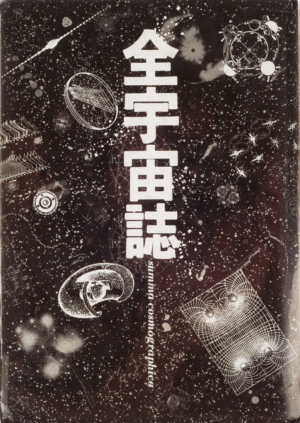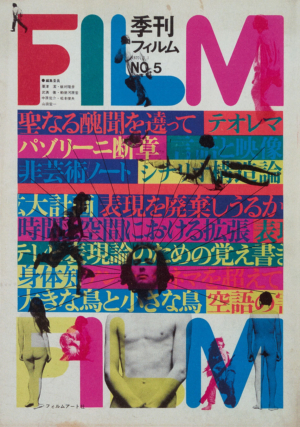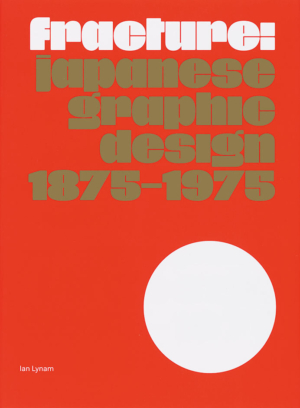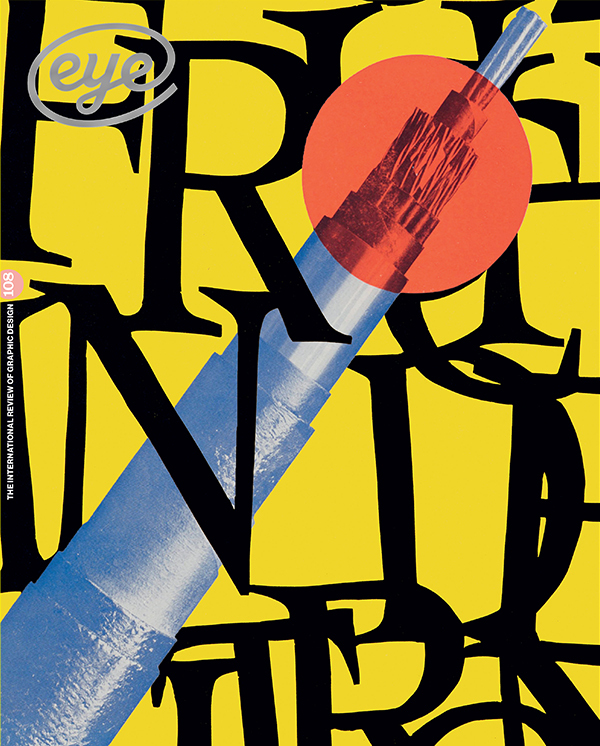Spring 2025
Japan’s seismic changes
Fracture: Japanese Graphic Design 1875-1975
Written and designed by Ian Lynam Set Margins, €32 Reviewed by John Warwicker
Much of the work shown in this impressive historical overview has rarely been published in the West. The laudable and much needed intent of Fracture is to position Japanese graphic design within a broad historical and cultural context for western readers. However, there are missed opportunities, particularly in the introduction and first two chapters: ‘Before “Design”: The DNA of Japanese Aesthetics’ and ‘Making Waves: The Establishment of Japanese Graphic Design’. This is a book of two halves.
The first half places the work and its creators alongside political, economic, sociological and technological events in a framework that is not extensive enough in describing the influence that cultural thinking and aesthetics has had on Japanese graphic design.
For example, if one reads a page, spread or poster as a field that contains typographic and graphic elements, the placing of those elements has a distinct Japanese ‘flavour’. Its history of calligraphy, and the way letterforms are placed within the visual field, has had a huge effect upon Japanese graphic design – not to mention its three distinct writing systems (Kanji, Hiragana and Katakana) and the multi-directional options in the way text is set.

It is this flavour that has made Japanese design so attractive to outsiders. But there are deeper issues, such as the national ‘poetic’ within, that makes Japanese design so special, so singular …
John Warwicker, designer, typographer, writer and educator, Melbourne
Read the full review in Eye no. 108 vol. 27, 2025

Eye is the world’s most beautiful and collectable graphic design journal, published for professional designers, students and anyone interested in critical, informed writing about graphic design and visual culture. It is available from all good design bookshops and online at the Eye shop, where you can buy subscriptions and single issues.

